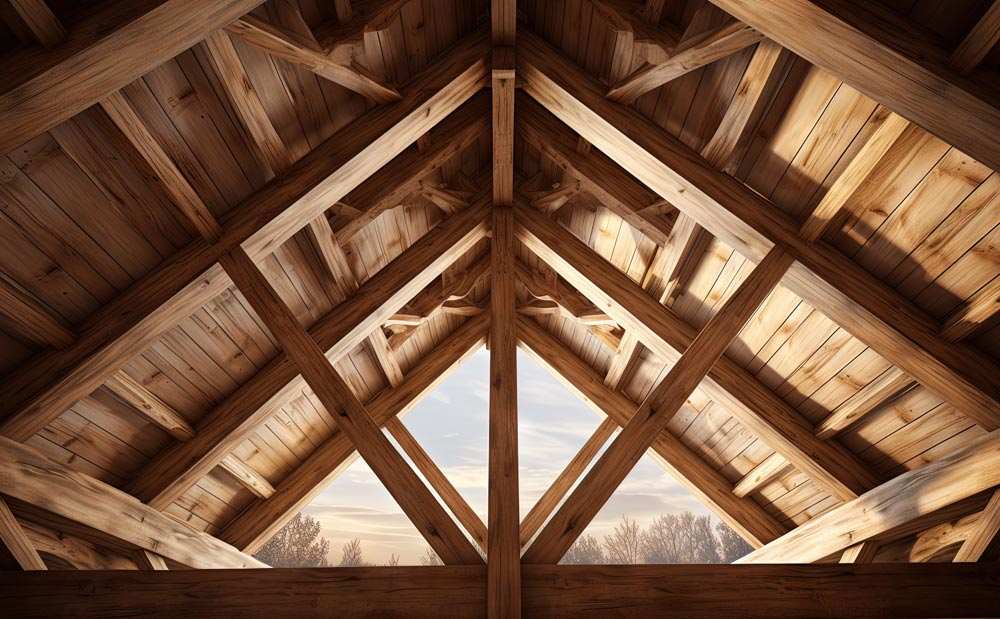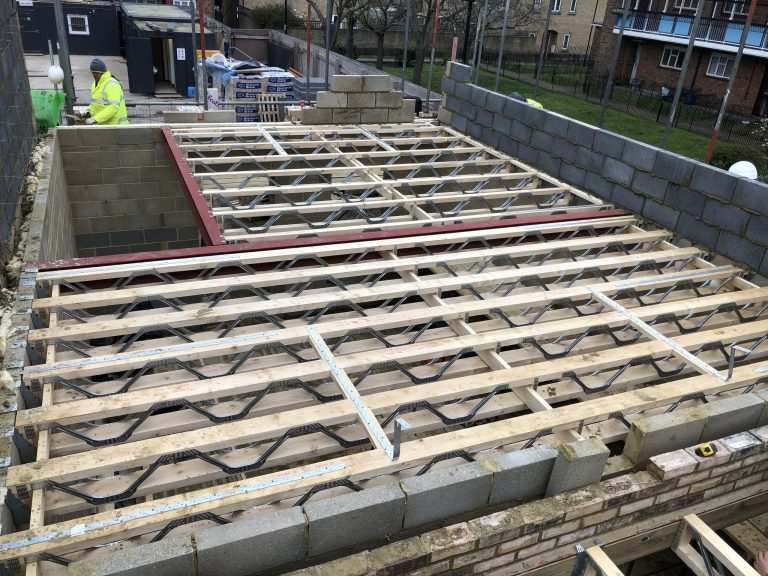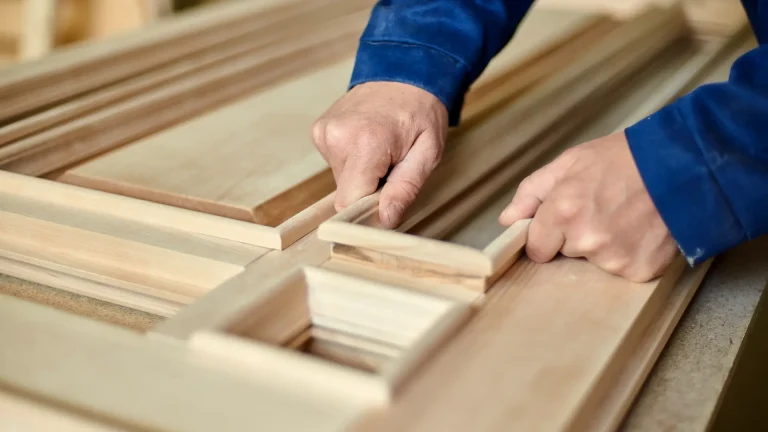As homeowners, one of our primary concerns is protecting our properties against the elements, especially during severe weather conditions. Your roof serves as the first line of defense against rain, wind, hail, and snow, making it crucial to ensure its structural integrity and resilience. In this blog post, we’ll explore carpentry techniques for reinforcing your roof to withstand the challenges posed by severe weather, helping you safeguard your home and family during storms and adverse conditions.
Understanding the Risks
Severe weather events such as hurricanes, tornadoes, and heavy storms can wreak havoc on residential properties, causing extensive damage to roofs and posing safety risks to occupants. High winds can lift shingles, tear off flashing, and compromise the overall stability of the roof structure, leaving your home vulnerable to leaks, water damage, and even structural collapse.
Furthermore, heavy rainfall and snow accumulation can place additional stress on your roof, leading to leaks, mould growth, and rot if not properly addressed. By understanding the risks associated with severe weather, homeowners can take proactive measures to reinforce their roofs and mitigate potential damage.
Strengthening Roof Structures
One of the most effective ways to reinforce your roof against severe weather is by strengthening its structural components through carpentry techniques. Professional carpenters can assess the condition of your roof and implement targeted reinforcements to enhance its resilience and durability.
Common carpentry techniques for strengthening roof structures include:
- Rafter Bracing: Installing diagonal braces or collar ties between rafters can help distribute the weight of the roof more evenly and prevent lateral movement during high winds. These bracing techniques enhance the stability of the roof and reduce the risk of structural failure.
- Hurricane Straps: Hurricane straps, also known as roof tie-downs, are metal connectors that secure the roof framing to the walls of the structure. These straps provide additional support and resistance against uplift forces generated by strong winds, helping to prevent roof displacement and damage.
- Truss Reinforcement: Roof trusses are critical load-bearing components that support the weight of the roof and distribute it evenly across the structure. Reinforcing trusses with metal gusset plates or additional bracing can improve their strength and stability, reducing the risk of collapse during severe weather events.
Upgrading Roofing Materials
In addition to structural reinforcements, upgrading your roofing materials can also enhance the resilience of your roof against severe weather conditions. Impact-resistant shingles, metal roofing, and synthetic membranes offer superior durability and resistance to wind, hail, and other environmental factors.
Impact-resistant shingles are designed to withstand the impact of hail and debris, reducing the risk of damage and punctures during storms. Metal roofing systems are highly resistant to wind uplift and corrosion, making them ideal for regions prone to hurricanes and severe weather.
Synthetic roofing membranes, such as EPDM and TPO, offer excellent waterproofing and durability properties, protecting your roof against leaks and moisture intrusion. By investing in high-quality roofing materials, homeowners can significantly improve the performance and longevity of their roofs, even in the face of extreme weather conditions.
Proper Maintenance and Inspection
Regular maintenance and inspection are essential for ensuring the continued performance and integrity of your roof, especially in areas prone to severe weather. Conducting annual inspections and addressing any signs of damage or deterioration promptly can help identify potential issues before they escalate into costly repairs or replacements.
Key maintenance tasks for reinforcing your roof against severe weather include:
- Cleaning gutters and downspouts to ensure proper drainage and prevent water accumulation.
- Trimming overhanging tree branches that could pose a risk of falling onto the roof during storms.
- Checking for loose or damaged shingles, flashing, and sealants and repairing them as needed.
- Clearing debris from the roof surface and ensuring that vents and exhaust fans are free of obstructions.
By staying proactive and vigilant with maintenance and inspection efforts, homeowners can minimize the risk of damage and prolong the lifespan of their roofs, even in the face of severe weather conditions.
Conclusion
In conclusion, reinforcing your roof against severe weather requires a combination of structural enhancements, roofing materials upgrades, and regular maintenance practices. By working with professional carpenters and roofing contractors, homeowners can implement targeted solutions to strengthen their roofs and mitigate the risks associated with hurricanes, tornadoes, and heavy storms.
Through techniques such as rafter bracing, hurricane straps, and truss reinforcement, homeowners can improve the structural integrity of their roofs and reduce the likelihood of damage during severe weather events. Additionally, upgrading to impact-resistant shingles, metal roofing, or synthetic membranes can provide added protection against wind, hail, and moisture intrusion.
By investing in proactive measures and staying vigilant with maintenance efforts, homeowners can weather the storm and safeguard their homes and families against the unpredictable forces of nature. With proper reinforcement and preparation, your roof can stand strong in the face of adversity, providing peace of mind and protection for years to come.









